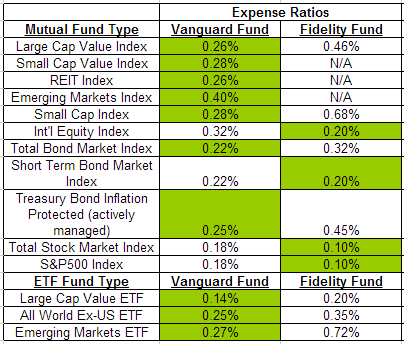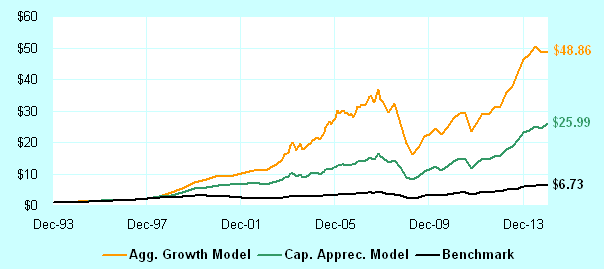Mutual fund or ETF Fidelity Investments
Post on: 6 Апрель, 2015 No Comment

Your e-mail has been sent.
Today’s investors face what seems like an ever growing variety of investment choices, with new mutual funds and exchange traded funds (ETFs) continuing to arrive. In recent years, actively managed, fixed income exchange-traded funds have appeared, combining the ETF structure with the potential to outperform an index.*
Trying to make sense of these different products doesn’t have to be overwhelming. Here is what to expect and some factors to consider as you weigh your investment objectives.
A brief history of funds and ETFs
For decades, investors have turned to traditional actively managed, open-ended mutual funds for an easy-to-use product to help them meet their financial goals and deliver the potential to outperform a benchmark (often a widely followed index).
In the early 1990s, financial product evolution expanded the set of investment vehicles available to investors with the creation of ETFs. ETFs addressed investors’ demand for intraday pricing and discretion over timing of their trades. Like stocks, ETFs give investors the ability to choose their market entry and exit points throughout the day, allowing them to try and take advantage of market developments in real time.
Mutual fund or ETF?

Watch our video series see a few examples of what to consider when making a choosing an investment vehicle. Visit the Learning Center .
Then, in 2008, actively managed ETFs came on the scene. In these vehicles, a portfolio manager attempts to outperform an index versus replicating an index’s performance.
In the United States, active ETFs have grown to approximately $17 billion in assets; however, they are only a small percentage of the $1.8 trillion ETF universe. 1 To date, the majority of actively managed ETFs have had a fixed-income focus. The vast fixed income universe, with its diversity and complexity of securities in terms of types, number, quality, maturity, liquidity, etc. lends itself well to an active fixed income ETF vehicle. From an investor’s perspective, such ETFs offer a way to combine the potential advantages of active management in the fixed income universe with the trading flexibility of exchange-traded products.
Different products; different experiences
As you consider ETFs and open-ended mutual funds, it is important to recognize how the vehicles’ features can influence your experience. Buying and selling, pricing, disclosure, costs, holding period return, and tax implications can all be different (see the table below). For example, unlike with a traditional open-ended mutual fund, shareholder demand can influence an ETF’s market price, which can result in the shares trading at a premium or a discount to the ETF’s actual net asset value (NAV). The flexibility offered by ETFs—continuous pricing and the ability to place limit orders—means the return measurement is largely based on the market price return during the holding period rather than on the ETF’s NAV.














